Art 42: Color Theory
This course is an introduction to the fundamentals of color theory through lecture and applied exercises in paint and collage. Includes discussions of cultural differences in color symbolism and the historical development of conceptual models for color usage in both science and art. Color Theory provides exercises in paint mixture, color interaction within visual compositions and socially engaged applications through public arts projects.
Albers Floor Mural
A mural collaboration between 2019 Spring Color Theory, Collaborative Arts Club and our Associated Student Government as a part of our Courtyard ReVitalization Grant. Highlighting examples of the basic tenets of Joseph Albers principles of color theory including: Value, Saturation, Simultaneous Contrast and Transparency.





HOMEAID MURAL
A socially engaged mural collaboration between 2018 Spring Color Theory, Summer Session Two-Dimensional Design students, Collaborative Arts Club and HomeAid Orange County. Highlighting the collective care needed in order to honor all of our unhoused neighbors.







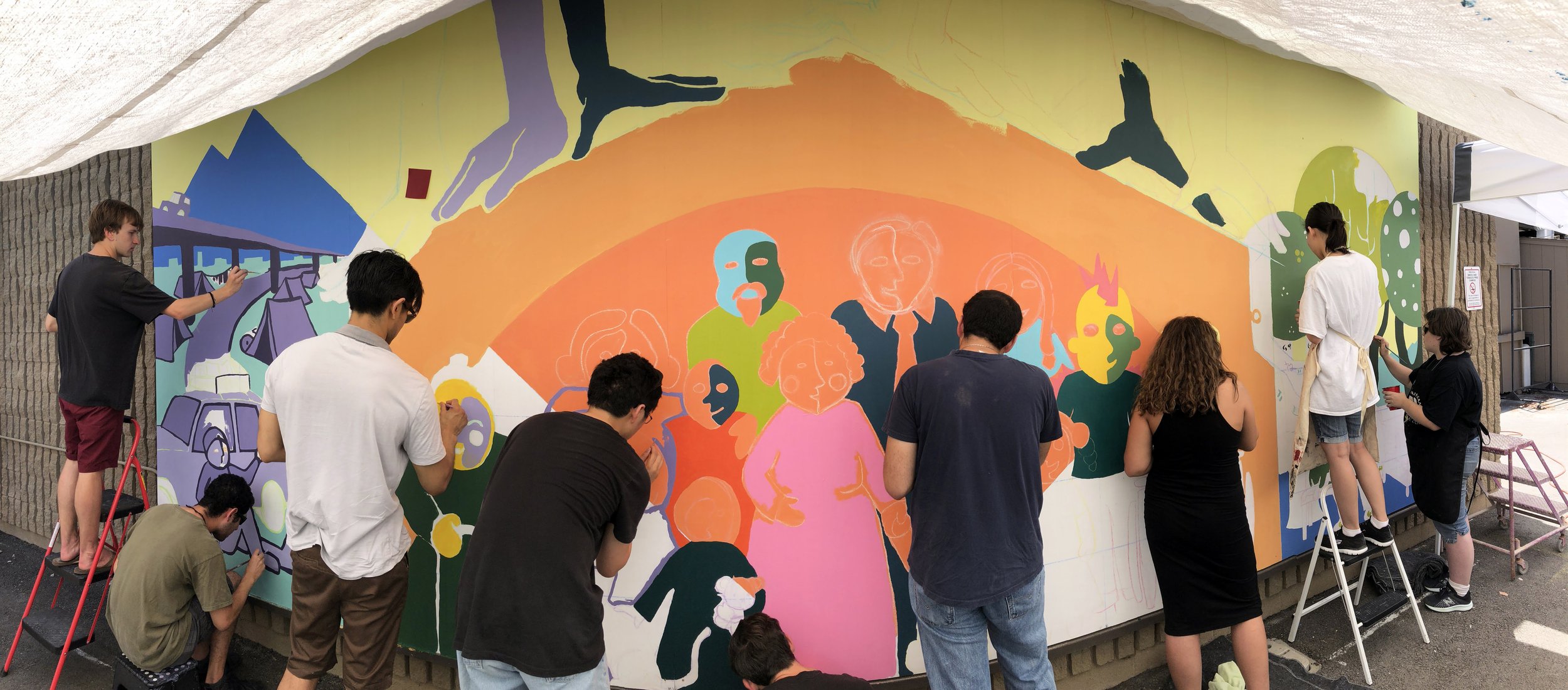

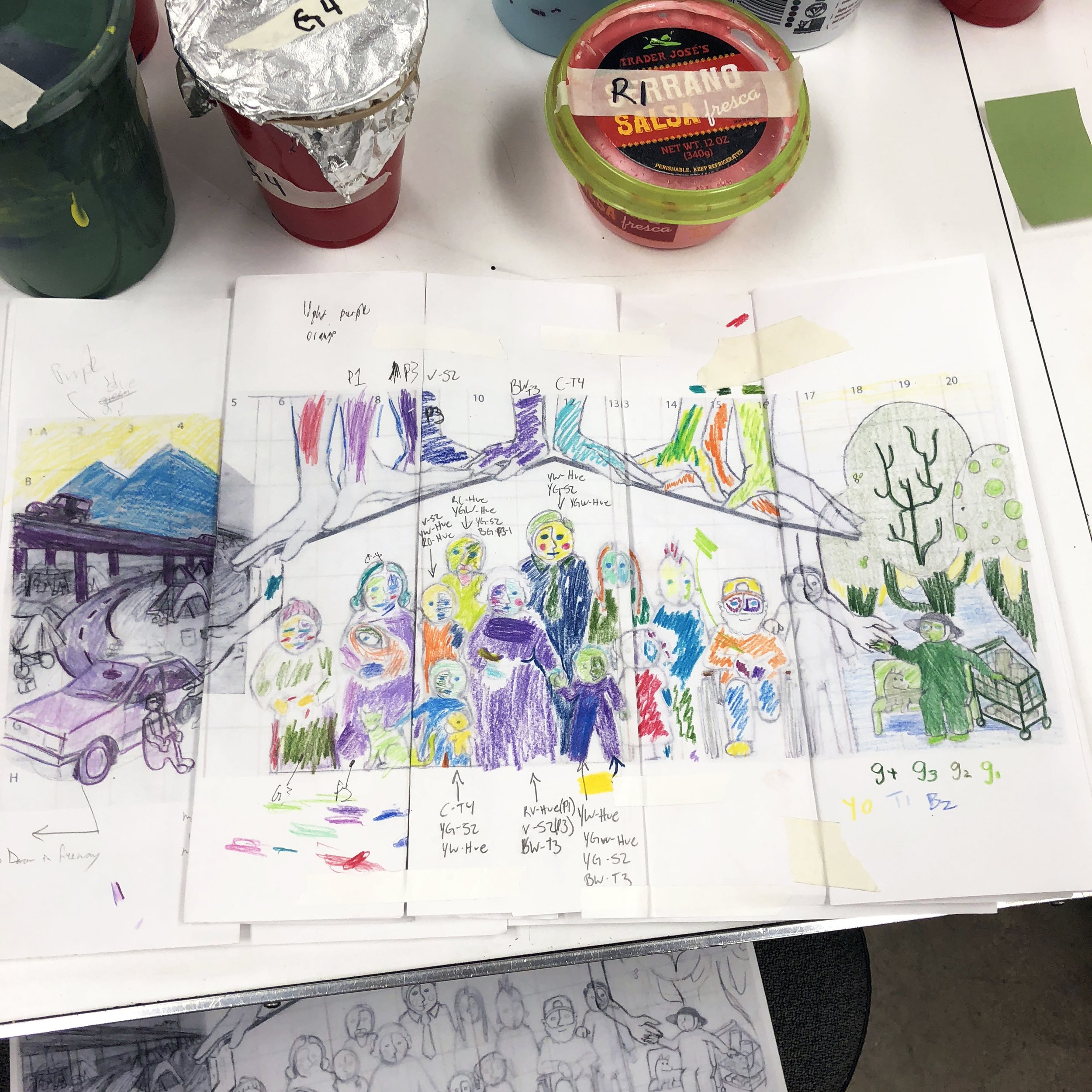
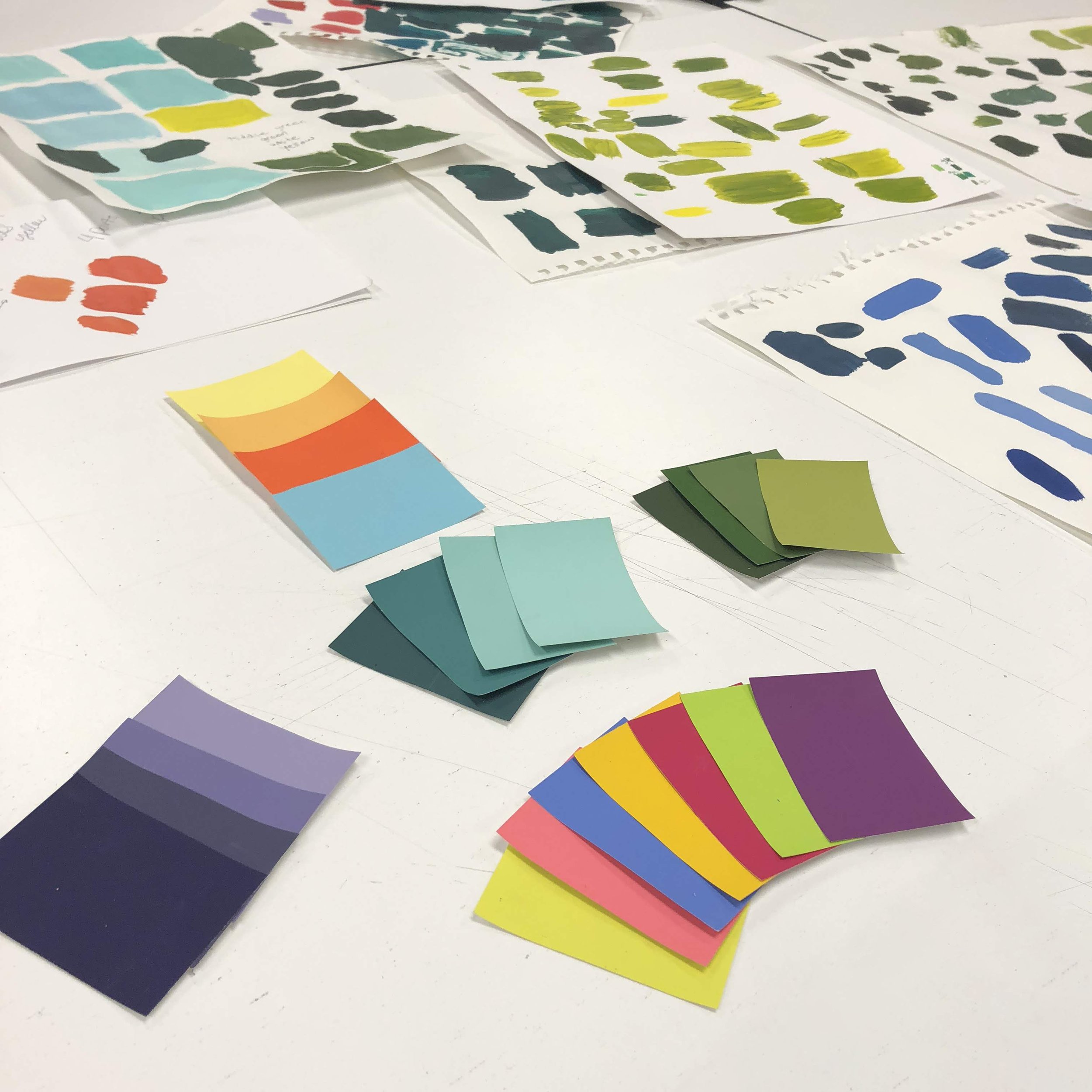
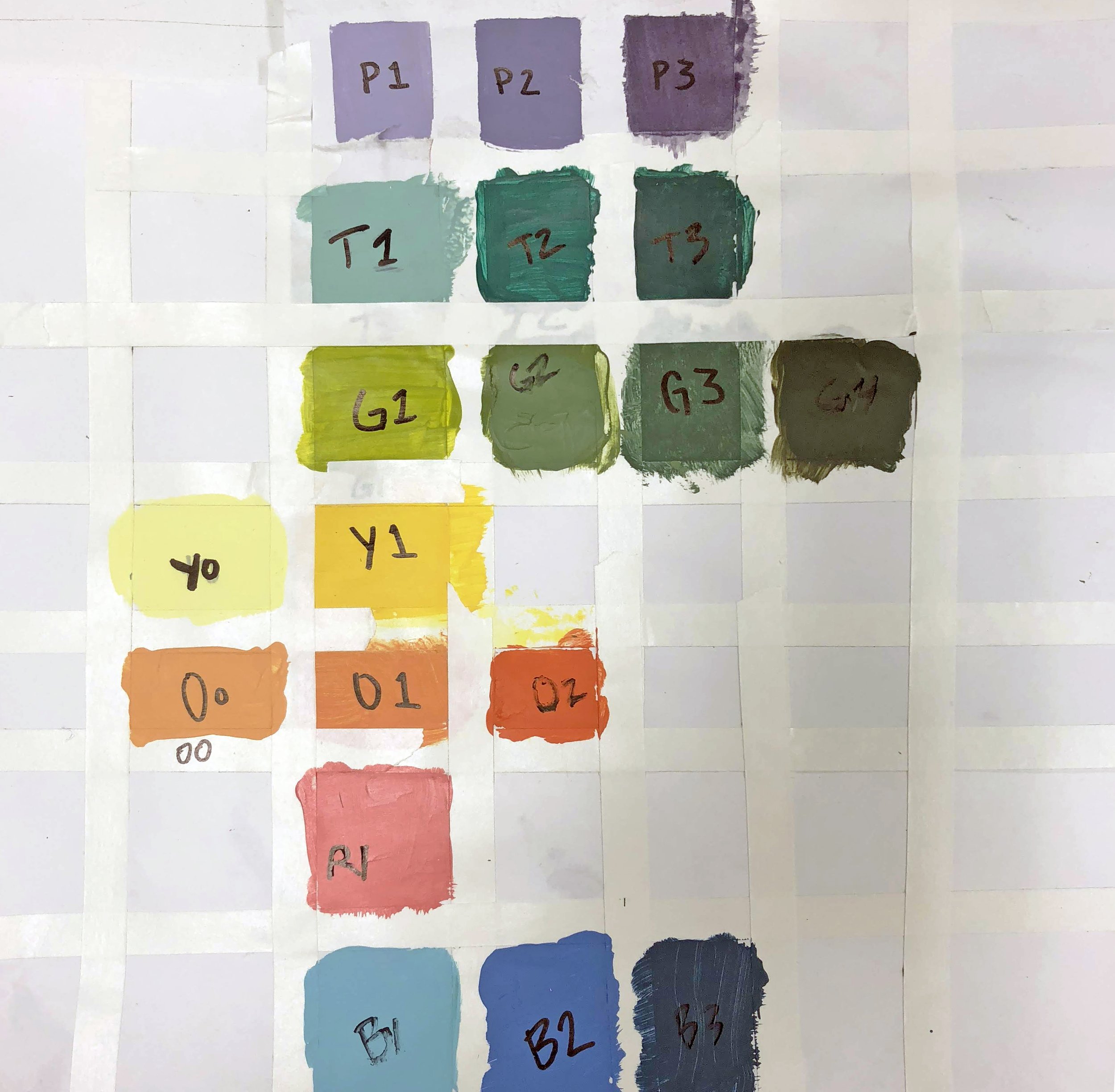



Amistad MURALS SANTANDER, SPAIN
Two murals were created in collaboration with Summer 2017 Color Theory - Study Abroad students in Santander, Spain. Our host institution Colegío Cumbres celebrated 75 years of serving the city of Santander and 24 years of collaboration with Saddleback College’s Summer Study Abroad Spanish Program.








Greenpeace RESIST MURAL
A visual representation of the global and local affects of climate change by using complimentary color harmonies and a hexagonal design as a compositional tool. The hexagons relate to both the decline in bee colonies and the hive mentality of consumer habits that contribute to both the causes and solutions to reducing planetary carbon levels. Created in collaboration with Spring 2017 Color Theory students and Greenpeace of Orange County.

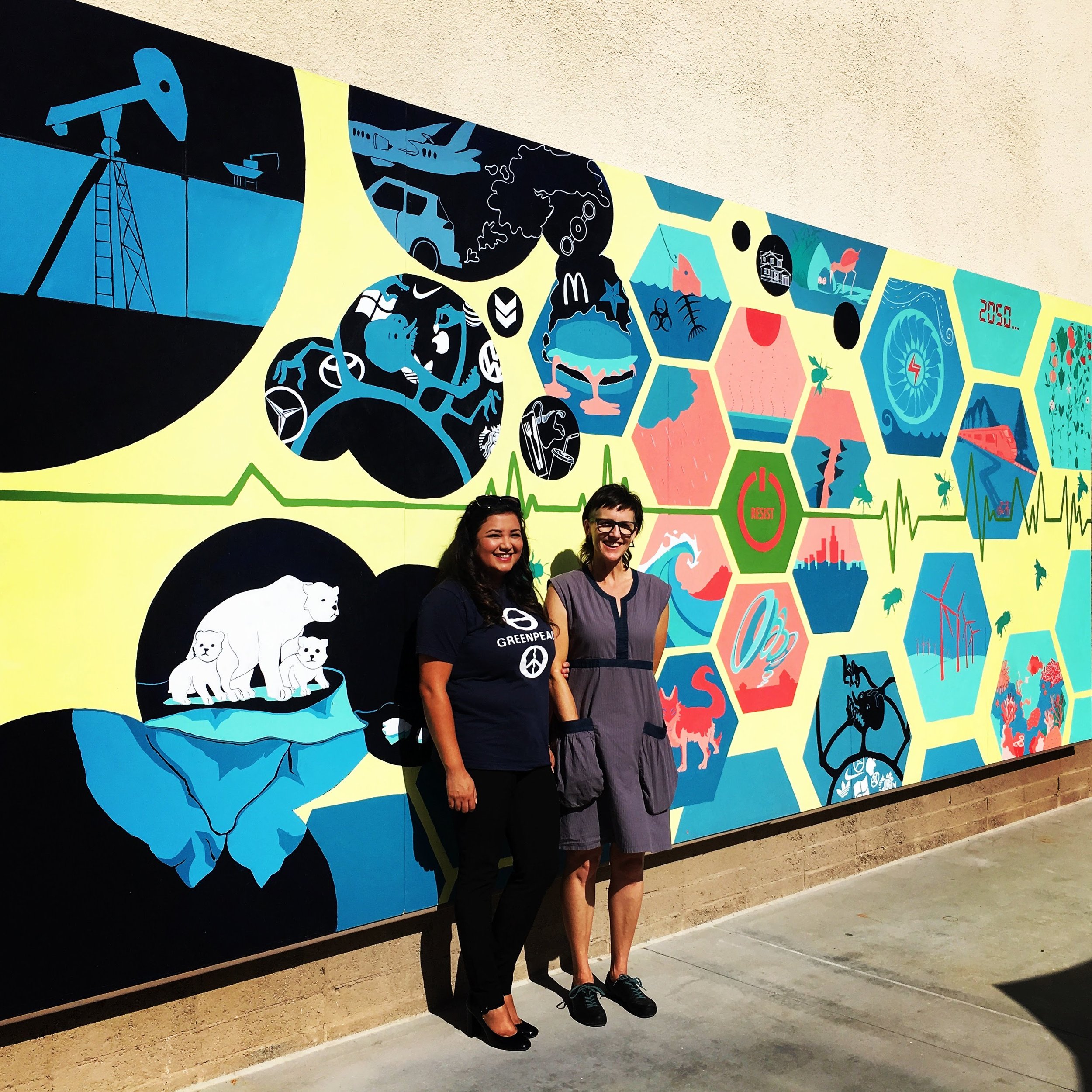







ORANGE COUNTY GREAT PARK MURAL
A mural made by 2016 Color Theory and Two-Dimensional Design students in collaboration with the Orange County Great Park. Highlighting the history of agriculture and tracking the growth of population, transportation, architecture and technology. Complementary color pairings were used to create compositional emphasis and unity.



PROJECTS
VALUE & SPACE STUDY
A value study that incorporates at least eight steps in value and implies a sense of space or depth. Students avoid blending and use paint blocking techniques to develop an understanding of value relative to image planning.

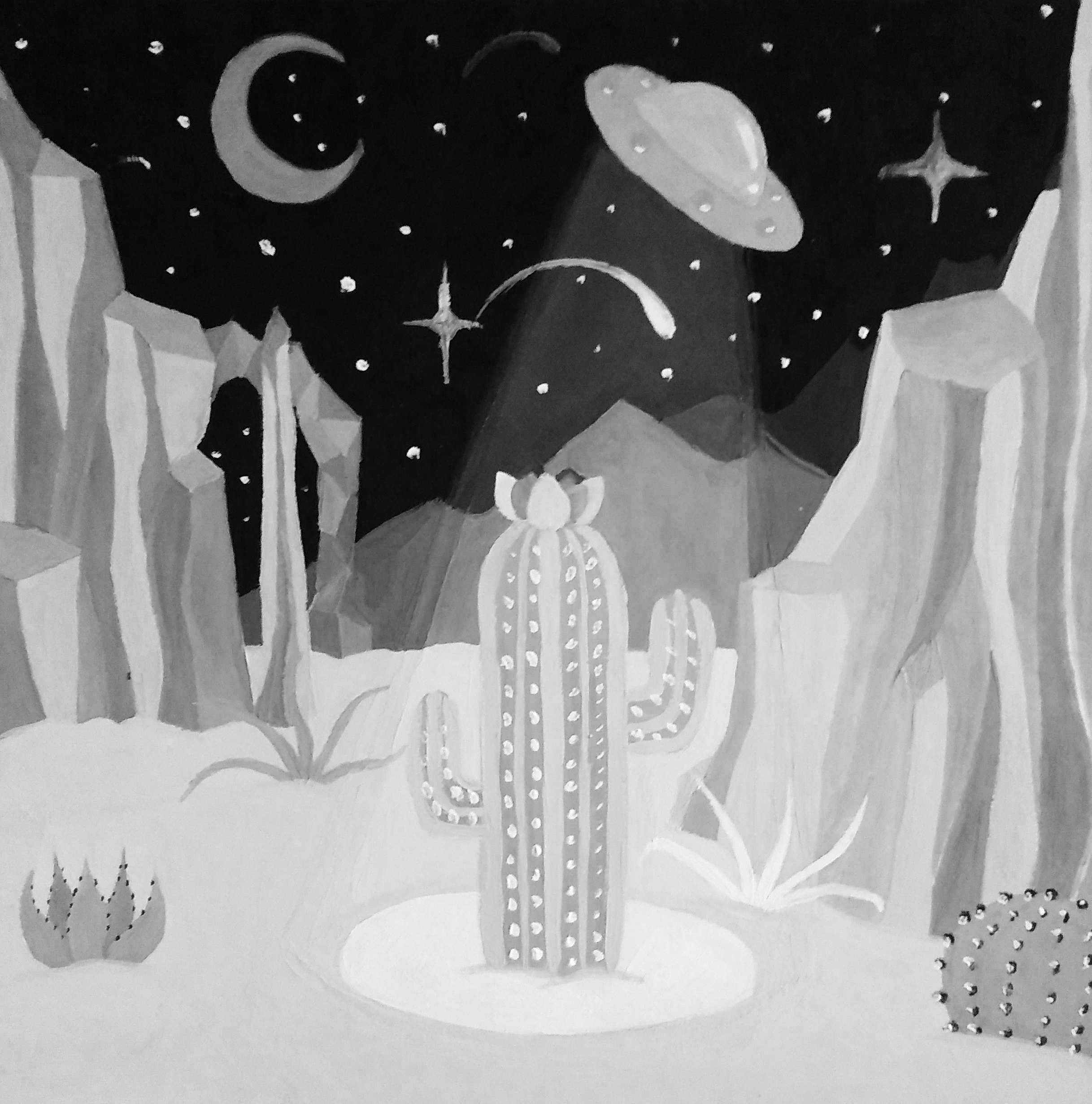







MONOCHROMATIC VALUE STUDY
Students continue the use of color blocking and add a single color and chromatic grays to their value palette. Using their selected color’s full range of tints, tones and shades is encouraged and areas of high contrast are placed in areas of compositional emphasis.



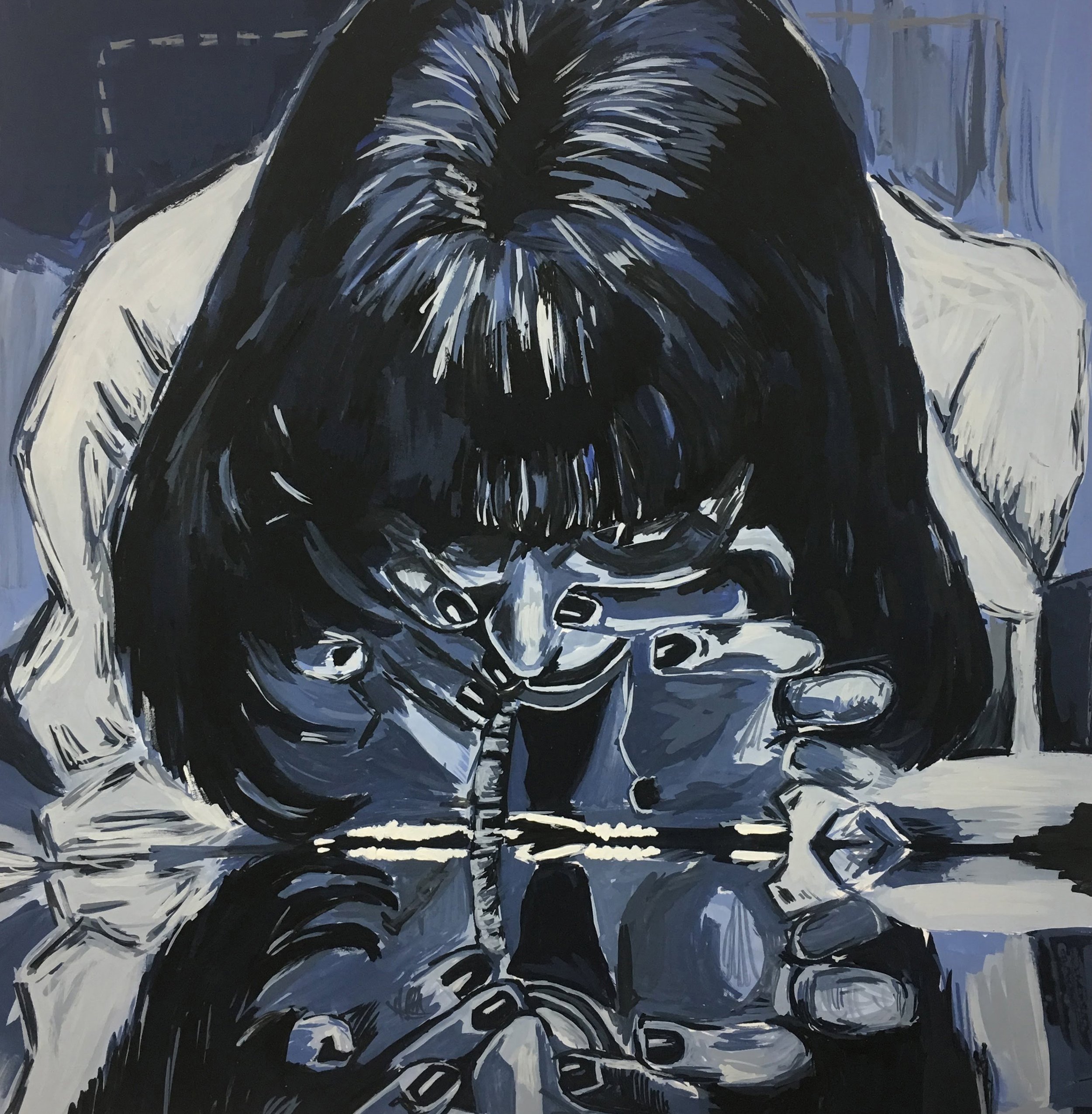








SATURATED VALUE STUDY
A visual response to the shared campus read ‘Beautiful Boy’ by David Sheff and broader narratives of addiction that include addictive behaviors, sources of stress and trauma, and sources of authenticity and healing. By mixing paint, students create the illusion of median and dark transparency within their design.
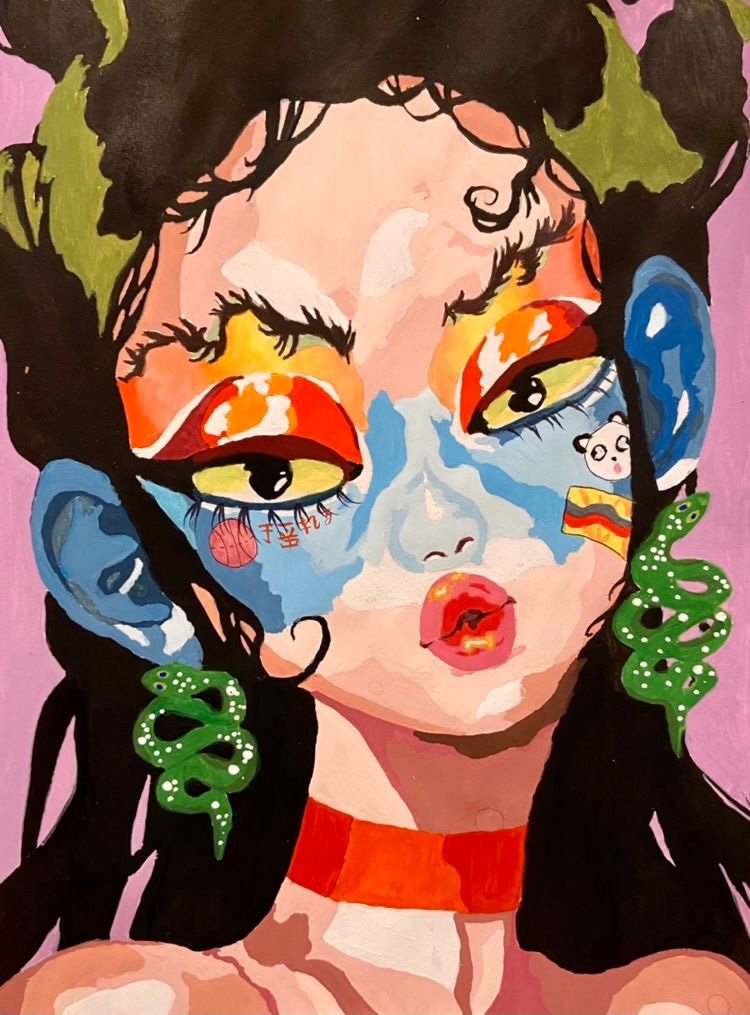






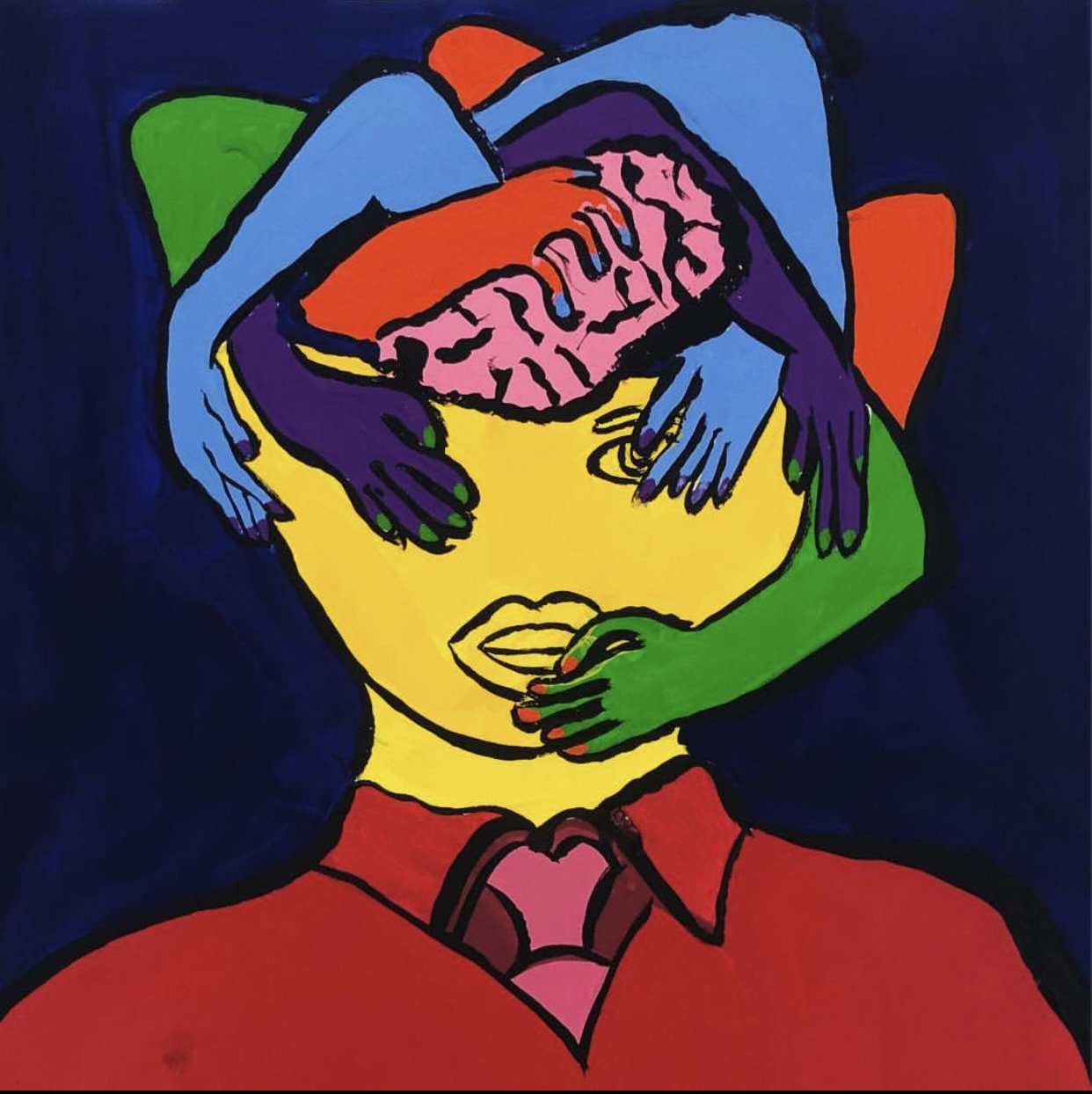


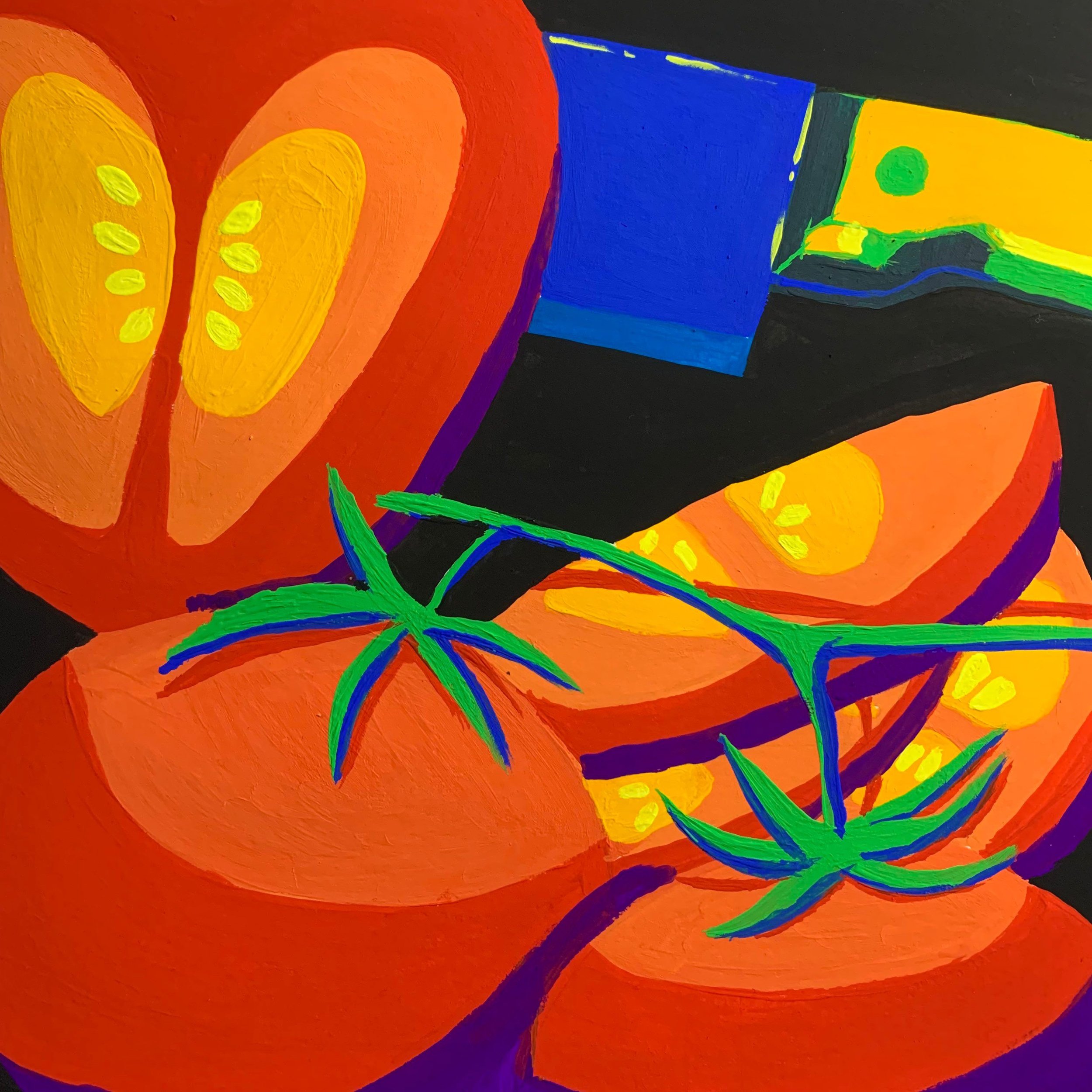





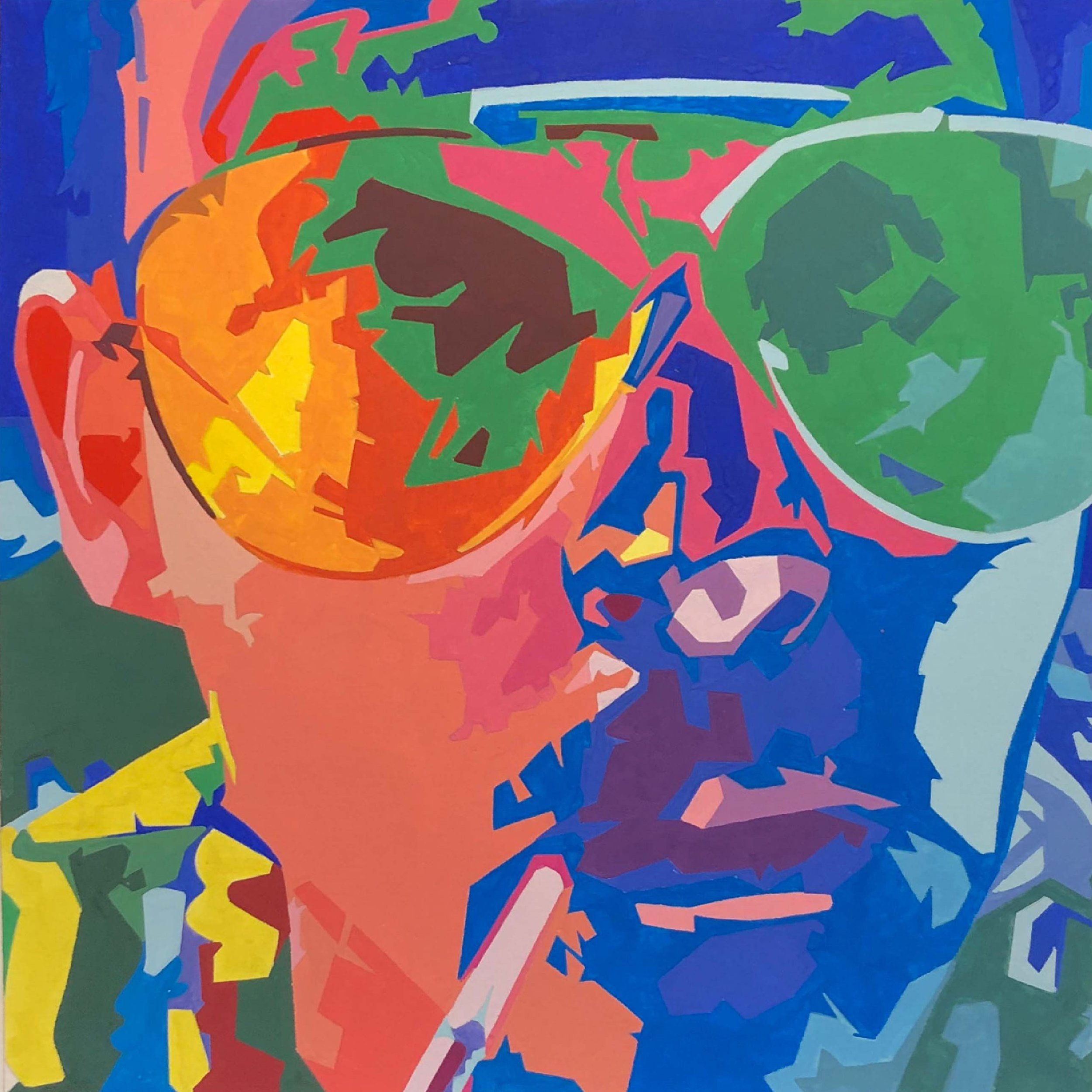
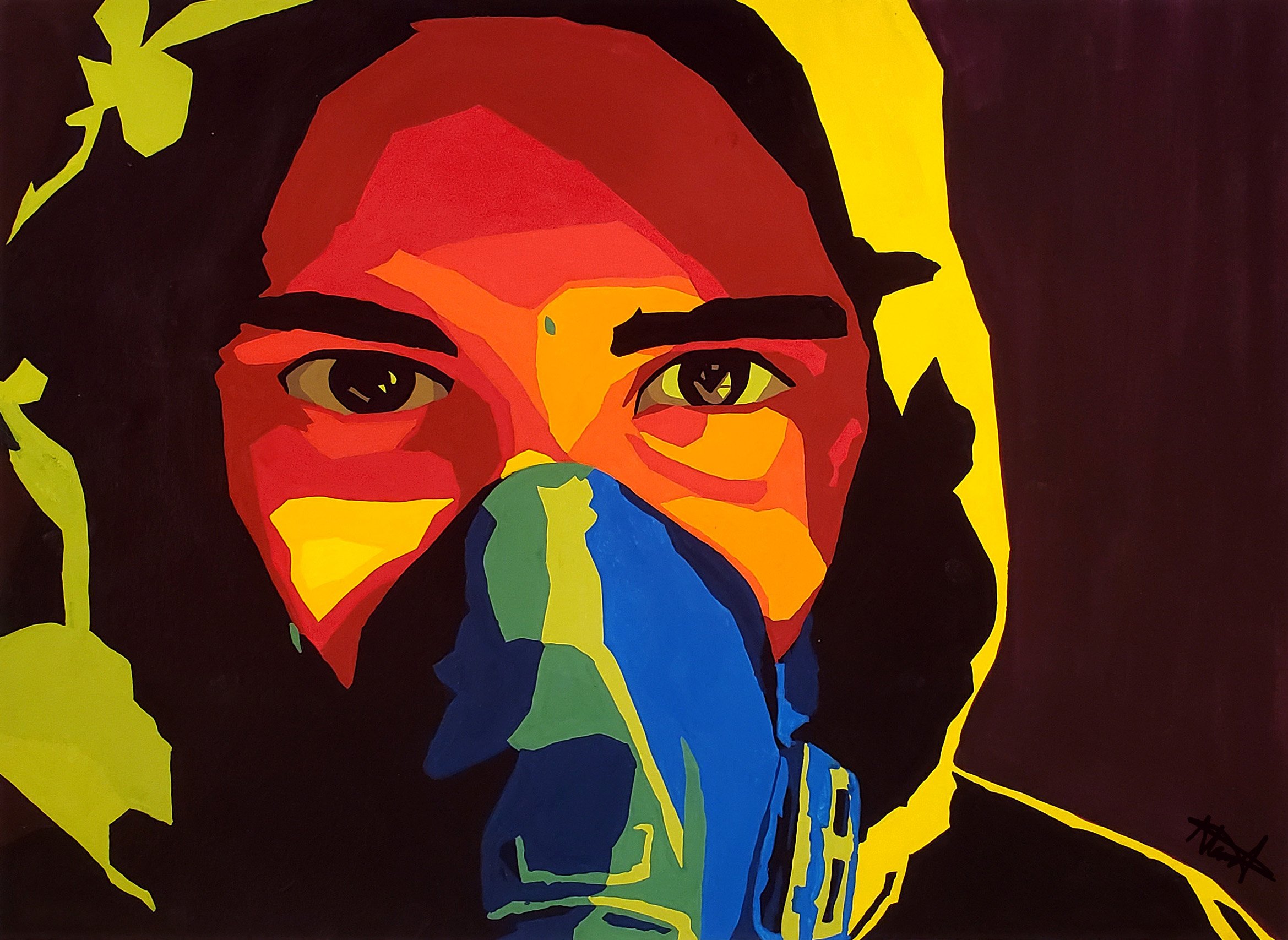







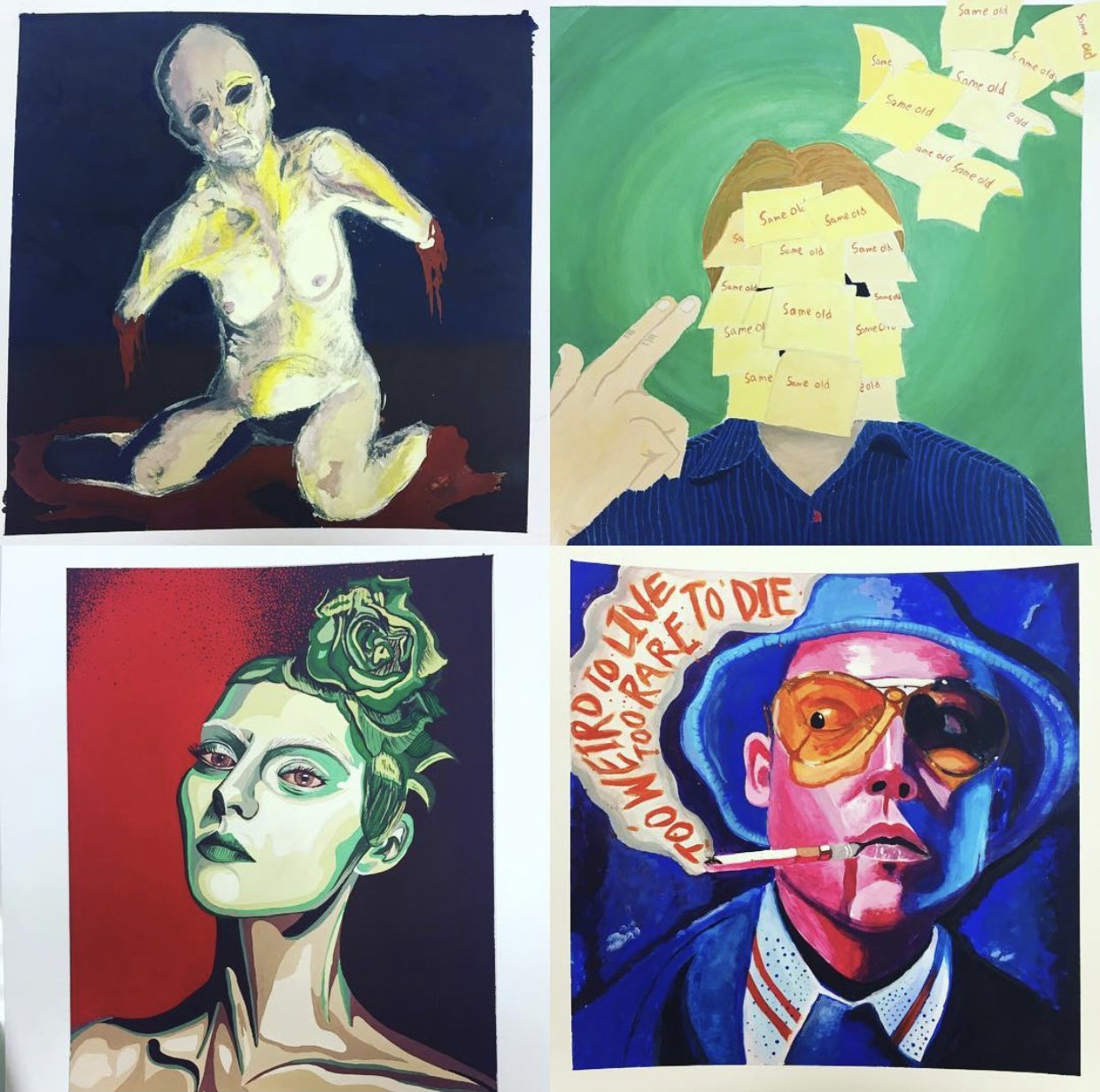




QUARANTZINE
A visual narrative response to the quarantine and its affects on students lives. A small intimate look into student’s lived experiences during the pandemic isolation. Students were encouraged to reflect on their internal and external observations in order to develop a unified narrative, title and story arc.













TRANSPARENCY & ADDICTION
A visual response to the One Book One College shared campus read ‘Beautiful Boy’ by David Sheff and broader narratives of addiction that include addictive behaviors, sources of stress and trauma, and sources of authenticity and healing. By mixing paint, students create the illusion of median and dark transparency within their design.







